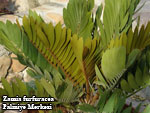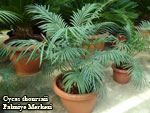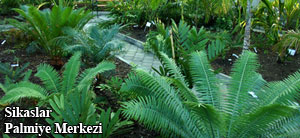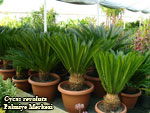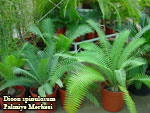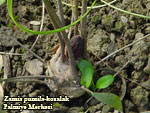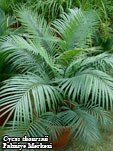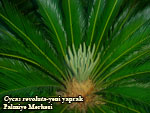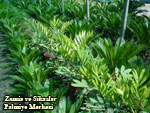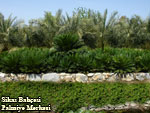|
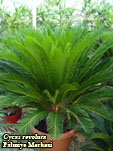 |
CARE OF CYCADS AT POT AT TEMPERATE OR COLD CLIMATE
-
Water when dry, do not overwater
-
Keep in a place with ample light, even
with direct sunlight during certain period of the day
-
From spring to fall, every 4-6 weeks give
nitrogen rich, mix fertiliser (with trace elements) or
long active tablets
-
Your indoor cycas usually produces new
leaves once per annum, but it is possible to get them
produce more than one flushes per annum by good feeding.
Make sure that these new leaves do no touch or get
restricted by objects, otherwise they will be bent and
remain bent
-
Cycas can live hundreds of years, under
non-favourable conditions they may not produce new
leaves for 1-2 years.
|

